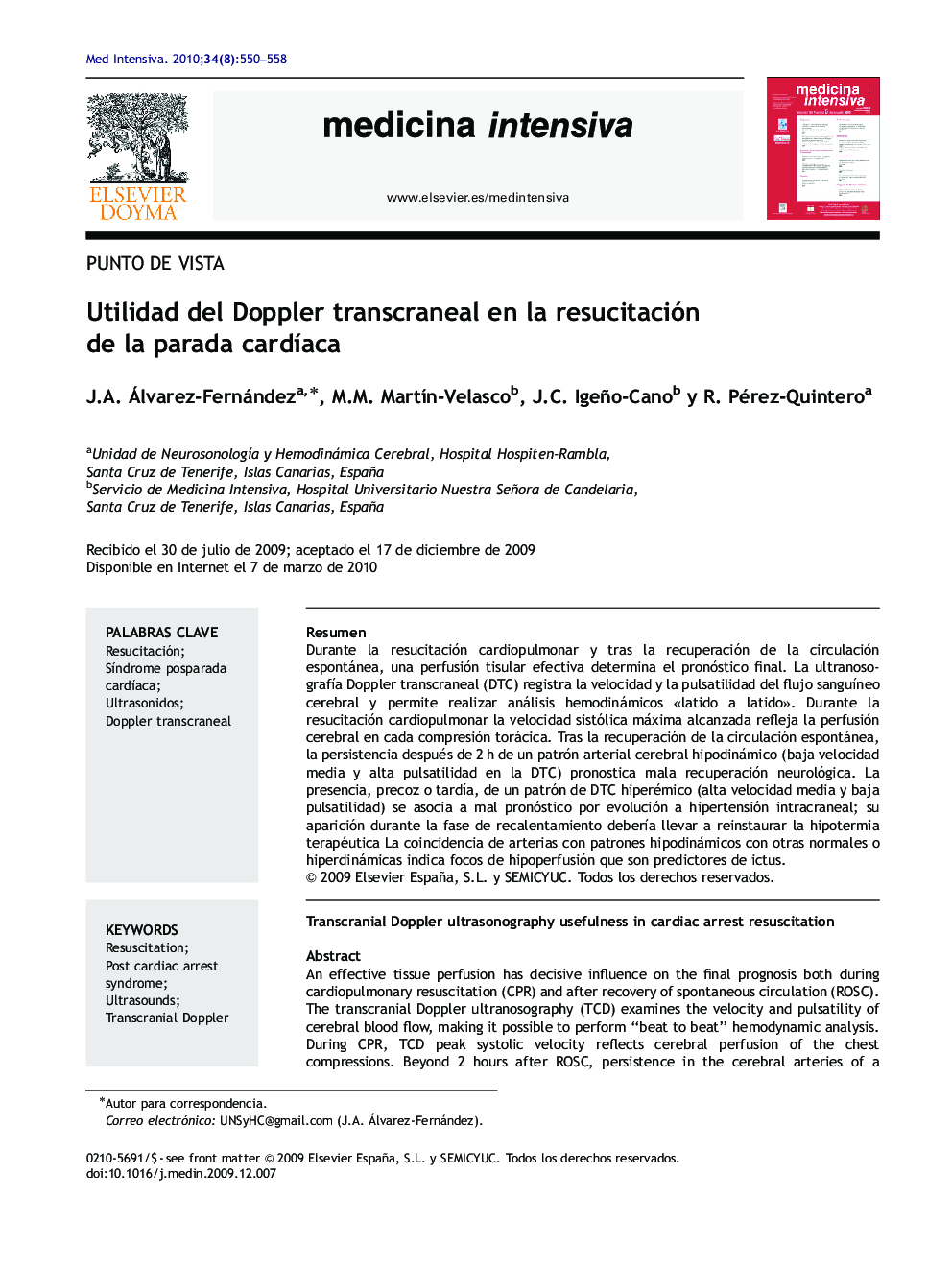| Article ID | Journal | Published Year | Pages | File Type |
|---|---|---|---|---|
| 3113206 | Medicina Intensiva | 2010 | 9 Pages |
Abstract
An effective tissue perfusion has decisive influence on the final prognosis both during cardiopulmonary resuscitation (CPR) and after recovery of spontaneous circulation (ROSC). The transcranial Doppler ultranosography (TCD) examines the velocity and pulsatility of cerebral blood flow, making it possible to perform “beat to beat” hemodynamic analysis. During CPR, TCD peak systolic velocity reflects cerebral perfusion of the chest compressions. Beyond 2 hours after ROSC, persistence in the cerebral arteries of a hemodynamic TCD pattern (low velocities with high pulsatilities) predicts poor neurological prognosis. Early or delayed presence of a hyperemic TCD pattern (high velocities with low pulsatilities) is associated conclusively with evolution to intracranial hypertension and its appearance during the rewarming process should lead to immediate return to therapeutic hypothermia. The coincidence of hypodynamic cerebral arteries and others with normal or hyperemic TCD patterns may indicate the presence of focal hypoperfusion that could predict stroke after ROSC.
Keywords
Related Topics
Health Sciences
Medicine and Dentistry
Critical Care and Intensive Care Medicine
Authors
J.A. Álvarez-Fernández, M.M. MartÃn-Velasco, J.C. Igeño-Cano, R. Pérez-Quintero,
